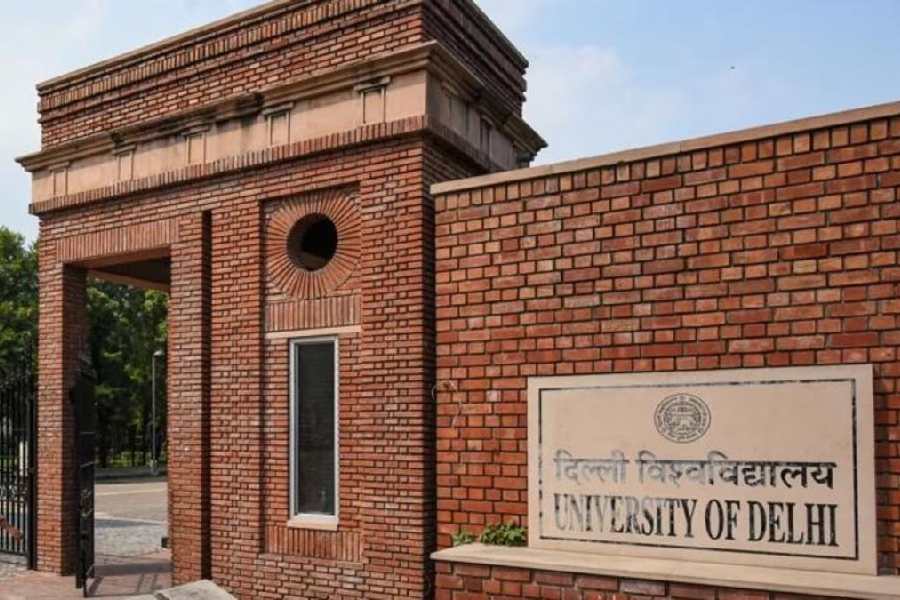 |
The woods around this part of London are lovely, quite dark in bits, but not particularly deep, and this summer there aren’t too many promises one can keep. I’m sure there are other cities with islands of serious forest embedded within the urban sprawl but I haven’t visited them, and London, specifically the part near Highgate where I’m based, remains unique for me in this regard. I’ve been inhabiting this area off and on for over eight years but it’s only over the last month that I’ve let various friends properly introduce me to the magical natural spaces that exist right next to where I live.
Some of these woods are slices of forest that are truly ancient while others have been tended and kept alive since medieval times. Other bits were created more recently by royal or municipal edict. Yet another, a strip called Parkland Walk, is actually a 19th century rail line that was abandoned in the mid-1950s, with the natural greenery allowed to grow back. If you start by moving away from the North Circular and into the area around the grand expo-hall pile of Alexandra Palace, you can actually go through manicured grounds, a ‘normal’ London park, a vast slope off the Ally Pally building (from where, looking south, there is a great view of central London), and then into one end of Parkland Walk.
The old rail line is now a corridor of green that’s used by walkers, joggers, cyclists, people walking their dogs or perambulating with prams, lovers entwined on benches. If you look over, sometimes to the right, sometimes to the left, you can see a parallel London of terraced houses and quiet streets carrying on alongside and then you’re back in the cocoon of colliding foliage greens and birdcall. At one point, a gate with a sign and detailed map leads you from the Walk into Highgate Wood, where the distribution of trees widens out and you enter an ancient wood. It’s as if all of London’s traffic, all its cars and vans, all its rattling trains and screaming motor-bikes have disappeared carrying their diesel and rubber smells with them. The air here is fresh, ridiculously so for a space that’s surrounded for miles by modern urban habitation, and the fragrances are of moss and earth and pine. Charles Dickens used to live not far from here and you can imagine him striding past, or Karl Marx, also once a local, hobbling under his weight, discussing something with Engels, the German getting tangled in their beards on a frosty morning; you can imagine Jimi Hendrix, who’s buried in the same nearby Highgate cemetery as KM, watching the two oldies with a sardonic smile, Jimi, hammered out of his head on some substance traditional or from modern chemistry but somehow all there, working out his sixes and his nines.
‘Mumm-e-iya!Wheve’s the doggie gone!?!’ A very contemporary London child’s voice breaks the silence and you’re brought back to the early years of the 21st century. Looking around, it’s impossible to imagine a space like this in a city like Calcutta. Even without taking too much recourse to the texts by the author of Das Kapital, a direct connection appears like one of the walking trails in these woods: this kind of simple, unfussy luxury, this kind of strict protection of what some could greedily see as highly lucrative real estate space but what here is seen as a precious public commons, was only made possible by the creation of far-off cities such as Calcutta and leaving buried in them the seeds of scarcity and panicky avarice that today lead to buildings cockroaching over one another, devouring every pukur, every tank, every small handkerchief-sized park.
Besides the famous woods Highgate and Queens, there are smaller woods that dot the area, with typically lovely English names like Coppetts, Cherry Tree and Coldfall. If you study your map properly, it’s fairly easy to traverse the distance from Finsbury Park to Alexandra Palace by a circuitous route that involves minimum tangling with roads and traffic and maximum exposure to greenery filled with wildlife that ranges from deer and foxes to a variety of summering birds. When you emerge back on to a road at either end of Parkland Walk, there is a slight sense of shock that the city is still there, still carrying on as usual.
As we know, all great cities contain within them several quite diverse towns and villages, and this sector of north London is home to several different nerve centres, each with a slightly different character. Muswell Hill is a suburb about 9 km from central London and it sits on a rise between Alexandra Palace and Highgate. Generally known as a middlingly posh neighbourhood, ‘Muzzy’ as local teens call it, is a slightly strange place. Coming out of the network of woodlands, as you walk around it, you can see different layers of architecture, the 19th century churches, the shopping ‘parades’ built in the middle of the 20th century, the well-preserved facades of Edwardian and later buildings creating a kind of bonsai central London from the junction of four roads and an old-fashioned roundabout.
The shops give away that this is a neighbourhood where residents earn good money and have discerning ways in which to spend it. The smell of roasting coffee beans comes out of an old-fashioned condiments shop, the smell of baking from several establishments, all dedicated to the manufacture and purveyance of things like fresh croissants and coffee brews with foreign names. There are as many hairdressers here as an equivalent area of Calcutta might have pharmacies (hair is clearly the Londoners’ ombol), a couple of fancy restaurant chains and two very decent pizza joints. Populating this place in the daytime is an odd variety of people.
If you’ve read somewhere that white Britons are dying out because they’re not producing enough babies, one visit to Muzzy will disabuse you of the belief: on any given day there are dozens of young mums walking around, quite often with twin prams or a toddler and a pram-bound baby, quite often with a newish SUV attached electronically to their keychains. Parts of Britain might be depressed and not procreating much, but these mums are doing their job, and enthusiastically. You can smell media people before you see them and Muswell Hill is redolent with the musk of advertising and TV execs, graphic designers, journalists, writer-types and such. Here you will find one of London’s most lovely bookshops as you will an outlet for an expensive French cookware range. Here is one of UK’s best fish and chip shops and a newly opened wine boutique that goes by the name of Prohibition Wines. In and out of all this poshery and middle-classery you see traces of an older Muswell Hill: old people slowly making their way to and from the supermarket, what Americans used to call hobos and bums hanging around the corners, beer can in hand, hopeful hat placed upside down before them; a ‘mad’ painter who lies on the pavement painting minuscule paintings on the sidewalk and on grills and electrical boxes that come out of it; the ageing writer or actor, still erect. Of these types, certain equivalents can indeed be found in Calcutta.
Recently my friend the film-maker and writer, Nilanjan Bhattacharya, wrote a lovely piece in a Bangla magazine about the various lunatics you find on the streets of our city. Walking through Muswell Hill the other day, I was reminded of this piece when I saw my Spanish Lady again. I’d first noticed her when I returned to London in mid-July — she certainly hadn’t been around last year. When I first saw her walking away from me, I assumed she was, like me, one of the many foreigners living around Muswell Hill. Dressed in an old-fashioned, tweed skirt-suit, she seemed to be talking quite animatedly and loudly on her cellphone, speaking in Spanish, having an argument and waving both her hands because she probably had one of those Bluetooth devices attached to her ear. A few minutes later, La Senora was back, coming towards me this time and I could clearly see that she had no phone or any visible wireless headset. As she passed me, she muttered an imprecation at no one in particular and then her voice began to rise as she berated her imaginary conversation partner. Every time I’ve seen her since, I’ve checked, and now I’m clear that the woman has no phone; something makes her put on the always immaculate tweed suit —no matter that this has been an incredibly warm summer — and walk up and down Muswell Hill arguing with the air in vehemently pronounced Spanish. Even if we in Calcutta cannot hope to match the woodland I’ve described above, seeing the Spanish Khepi brought back the multitude of strange characters our city can offer the unsuspecting visitor and joined them to the eccentrics in north London.










